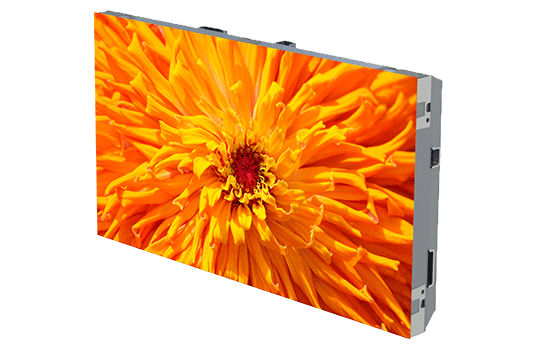
A common type of Light Emitting Diode display wall technology is the directly viewed Light Emitting Diode. This technology utilizes separate LED modules that are placed closely together to create a big display. Direct view LED walls are recognized for their elevated brightness and vibrant hues, which makes them ideal for external activities and brightly lit settings. These displays also have a wide viewing angle, allowing indicating that viewers can view the display clearly at various locations. This makes direct view Light Emitting Diode screens a favored option for stadiums and outdoor festivals.
A different kind of LED video screen solution is the LED illuminated Liquid Crystal Display. This technology merges traditional LCD screens with Light Emitting Diode illumination to enhance brightness as well as color precision. LED illuminated Liquid Crystal Displays are commonly utilized in interior settings, such as retail centers and meeting rooms. These displays provide excellent visual quality and are generally more affordable than directly viewed LED walls. Nonetheless, they may often perform as effectively in bright environments, since the illumination can occasionally dull the hues.
Another thirdly choice is the Organic Light Emitting Diode display wall. Organic Light Emitting Diode solution offers exceptional differentiation as well as hue depth compared to other types of displays. Each pixel in an OLED screen emits its own light, enabling for genuine dark tones as well as lively hues. Such renders Organic Light Emitting Diode display screens particularly appealing for applications that require high-quality visuals, such as art galleries or high-end retail stores. Nonetheless, OLED solution can be more costly and may often be as luminous as directly viewed Light Emitting Diode screens, rendering it not suitable for external applications.
In addition to these technologies, various additionally various applications for Light Emitting Diode display walls. They can be utilized for promotion, entertainment, and data presentation. For example, companies commonly utilize LED video screens for electronic signage to draw in clients and promote goods. Within led video wall for cinema entertainment, they enhance the visual experience at music events as well as events, providing lively backdrops and captivating images. In business environments, LED video screens can be used for presentations, visual meetings, and educational programs, helping to communicate data in a aesthetically attractive way.
To summarize, Light Emitting Diode video screens come in different types, each with its own advantages and applications. Directly viewed Light Emitting Diode walls are great for external use, whereas LED illuminated LCDs are more appropriate for interior environments. Organic Light Emitting Diode display walls offer exceptional image clarity but may come at a greater cost. Grasping the differences differences can assist organizations to make knowledgeable decisions about the best type of Light Emitting Diode display wall most meets their needs, whether it be for advertising, entertainment, and corporate applications.